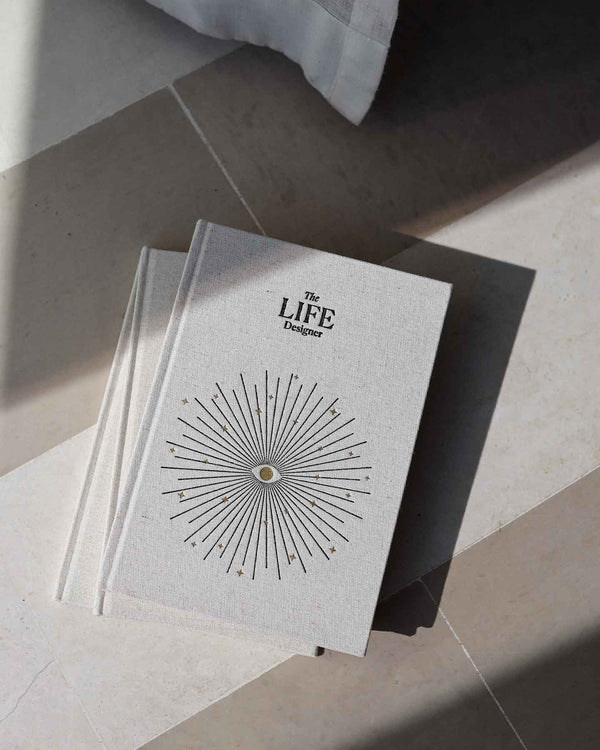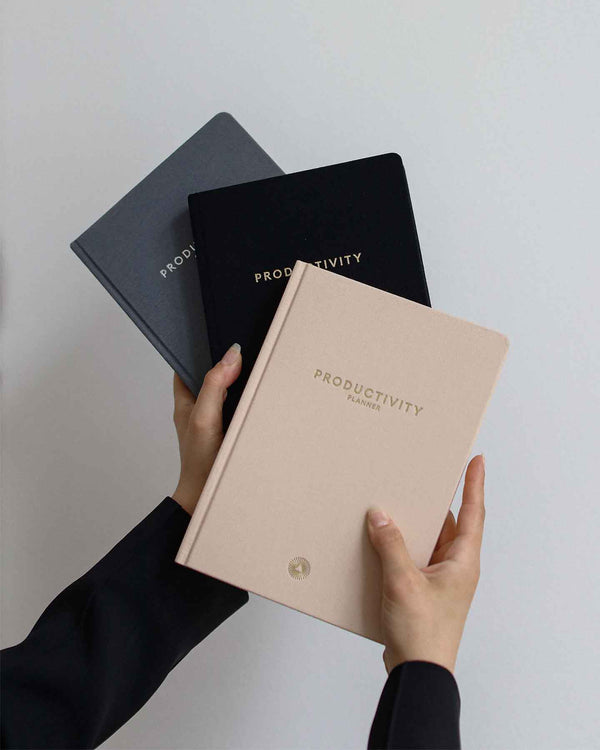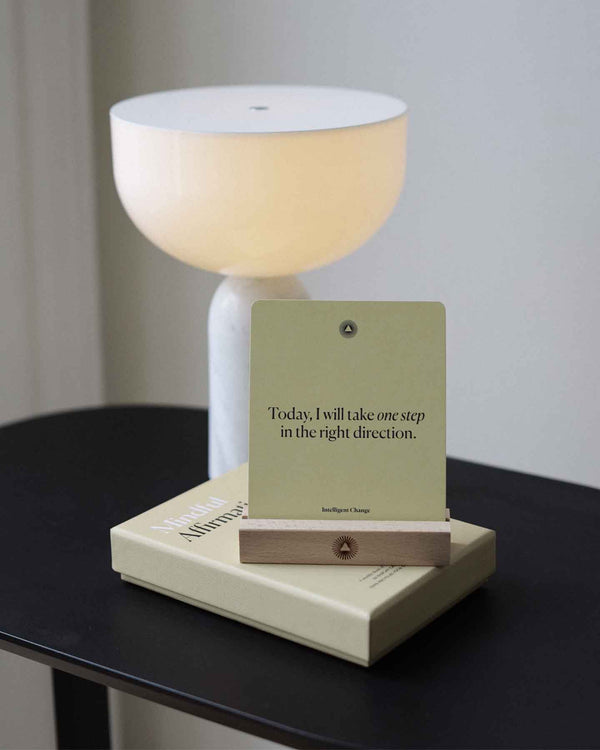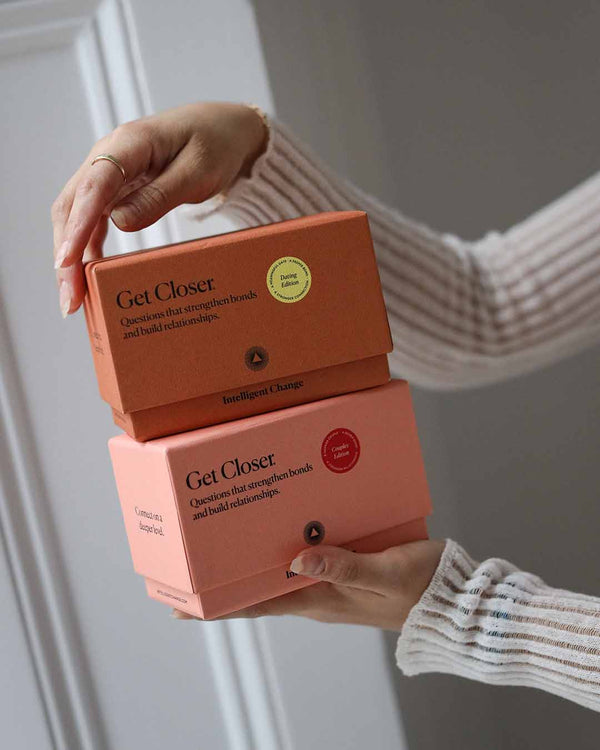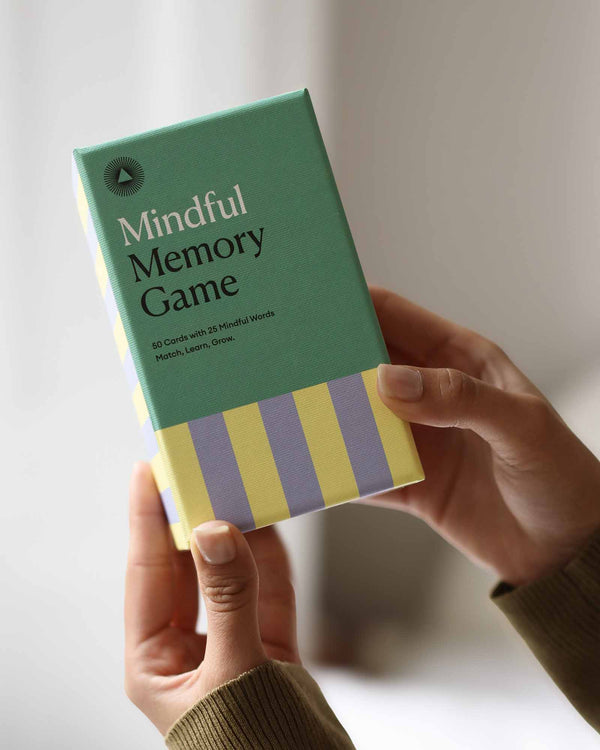Creating Calmness: Turning Knowledge into Practice
by Kinga Lewandowska
Keep calm and carry on. Do you remember that popular slogan from a while back? Turns out there is a lot of wisdom in it. Life is a wild ride. One day we are lying on a meadow listening to birdsong and buzzing bees and the next, we are thrown into a hurricane. We are praised for doing a great job at the office this year, and the next, for this reason or that, our productivity plummets, we get frustrated, and our career is in jeopardy. Then our kids get into a fight at school. And the roof is leaking. Again.
Breathe in, breathe out. It is far too easy to react from a place of anger or irritation when we are strained. But guess what, diamonds are formed in high-pressure and high-temperature conditions because their crystal structure requires such a harsh environment to stabilize. We need difficulty in life to become resilient. It’s how we handle that difficulty, that’s the hard part.
Head in the dark clouds
Remaining calm is life-saving, not only in emergency, fire-in-the-building situations but also in everyday stressful events like giving a presentation at work. We need all emotions to keep us informed about what is going on around us and within us at any given moment. Yet, too much tension may take its toll on us.
A difficult event might unleash a torrent of stress hormones and physiological responses that are less than favorable for our body and mind. When your heart races, breathing quickens, and muscles constrict, the fight-or-flight response to reality is telling you something, and probably something very important at that. Yet, while it would have saved you from a looming danger in the form of a wild animal in pre-historic times, nowadays it might do more harm than good.
Moderate doses of stress are beneficial, they keep us on our toes, motivated and alert. However, chronic stress is another story. Prolonged mental distress might lead to health problems like high blood pressure, heart disease, and depression. It can also weaken your immune system and make you more susceptible to illnesses. It’s no joke. But also not the end of the world—we can dispel the dark clouds of stress and still retain the silver linings.
Cool, calm, collected
Keeping your cool in tough situations allows for clear thinking, objective analysis, and optimal decision-making. Apart from hard data, we know in our heart that calmness is the best thing that might happen to our mental health. The math is simple: whatever keeps your stress levels down, makes you grounded and therefore calm. If at peace is where you want to be, here are some activities to help you achieve short-term and long-term zen states.
washing dishes
This simple everyday chore has been scientifically proven to be a contemplative practice that promotes mindfulness. A Florida State University study conducted on 51 students washing dishes found a staggering decrease in their subjects’ nervousness by 27%. Mind you, that happened within the group who lived in the moment and performed the task mindfully. What’s more, that particular team also reported an increase in mental inspiration by 25%. Next time you splutter at the pile in your sink, trust the science and clean away.
cuddling
When we are in love, our instincts tell us to run straight into the arms of the person who is the center of our universe. Again, there is scientific truth as to why we would do it even long after the initial butterflies fly away. Cuddling has been proven to calm us down. In a warm embrace from someone we care deeply about, our body releases endorphins, lowering our blood pressure and cortisol, the stress hormone. So, do you have your person? Hug them.
walking in meditation
By now you must have heard a lot about meditation. Together with yoga and gratitude journaling, it creates a set of top ten practices for good mental health. And for great reasons. For example, research suggests that the effects of meditation on emotional processing might transfer to non-meditative states. This means that the calmness you achieve while meditating is likely to stay with you much longer. For added benefit, add movement to your practice. Research shows that walking reduces stress and improves our mood. Two birds with one stone.
creating Haiku poetry
Haiku is a short Japanese poem that traditionally consists of 17 syllables in three lines. It is considered to have a calming effect both on the reader and the poet as it helps us focus on a single image or moment, anchoring us in the here and now. The simplicity of haiku enables us to ponder its meaning and imagery without being inundated by complex concepts and language. Our advice: Google some examples and then grab a pen. It’s only three lines, you can do it.
maintaining a healthy mental diet
You must have heard the saying, “You are what you eat”. While this is, of course, 100% true, our diet consists of more than food. It’s what we watch, what we read, what we listen to. The more negativity you consume, the more stressed and the less calm you will be. Avoid doomscrolling and instead, go to bed on time for those eight hours of sleep. Choose your community carefully. Drink more water as dehydration makes us feel tired and dizzy. You get the point. Be mindful of what you put inside your body and mind.
doing less
You heard that right. Multitasking is the opposite of remaining calm. Taking on more than you can carry is the opposite of calm. Stretching yourself too thin is the opposite of calm. And you need to keep calm to carry on. One task at a time, please.
visualizing relief
Picture yourself in your happy place. You might have heard that before. Even if you never set foot in a therapist’s office, there’s a good chance this phrase reached you simply because it’s effective. When you are angry or stressed, press pause, close your eyes, take a deep breath, and do exactly that: Picture yourself in your happy place. It’s an instant relief, an effective way to restore your peace of mind. And if you are before a stressful event, like that dreaded work presentation, picture yourself handling it like the pro that you are. Expect the best.
traveling back in time
We all have a favorite childhood story that we used to listen to before bed or even a teddy bear that brought us comfort when we were little. We have a favorite piece of music we danced to in high school (research shows that slow music can quiet our minds and relax our muscles). There must be a significant photo album on your shelf or a folder on your computer with all the wonderful memories you share with your friends. You might even want to paint your bedroom the same color that you used to like so much. Embrace what you already know worked to calm you down in the past.
_______________





